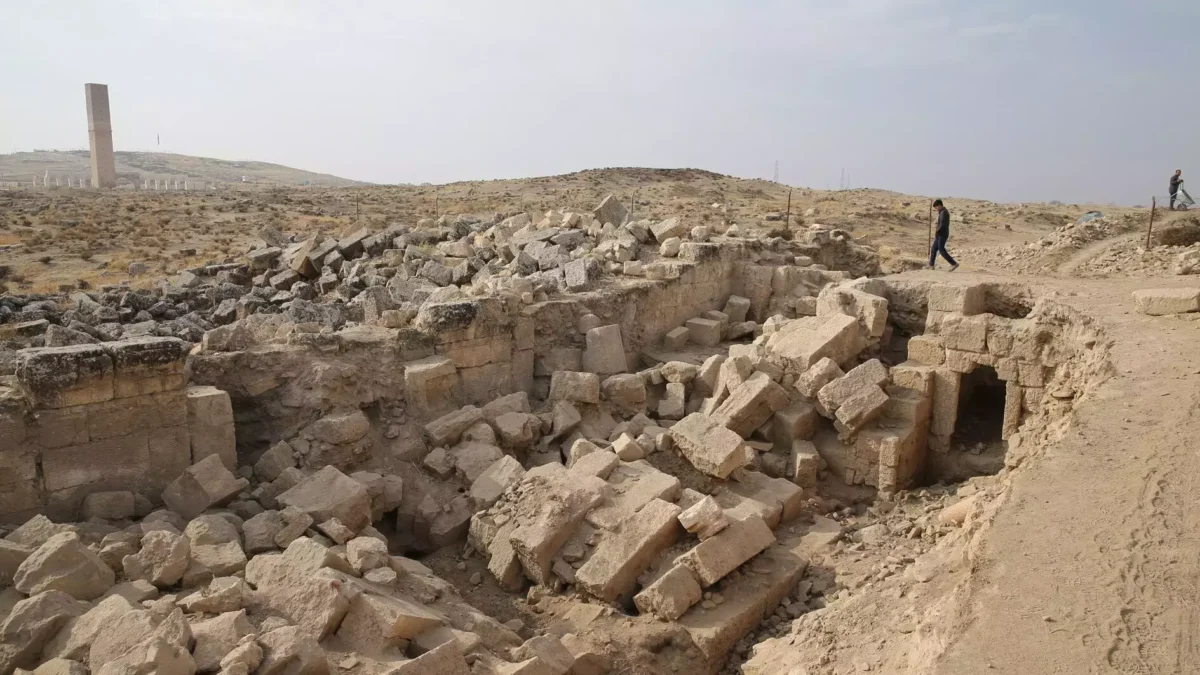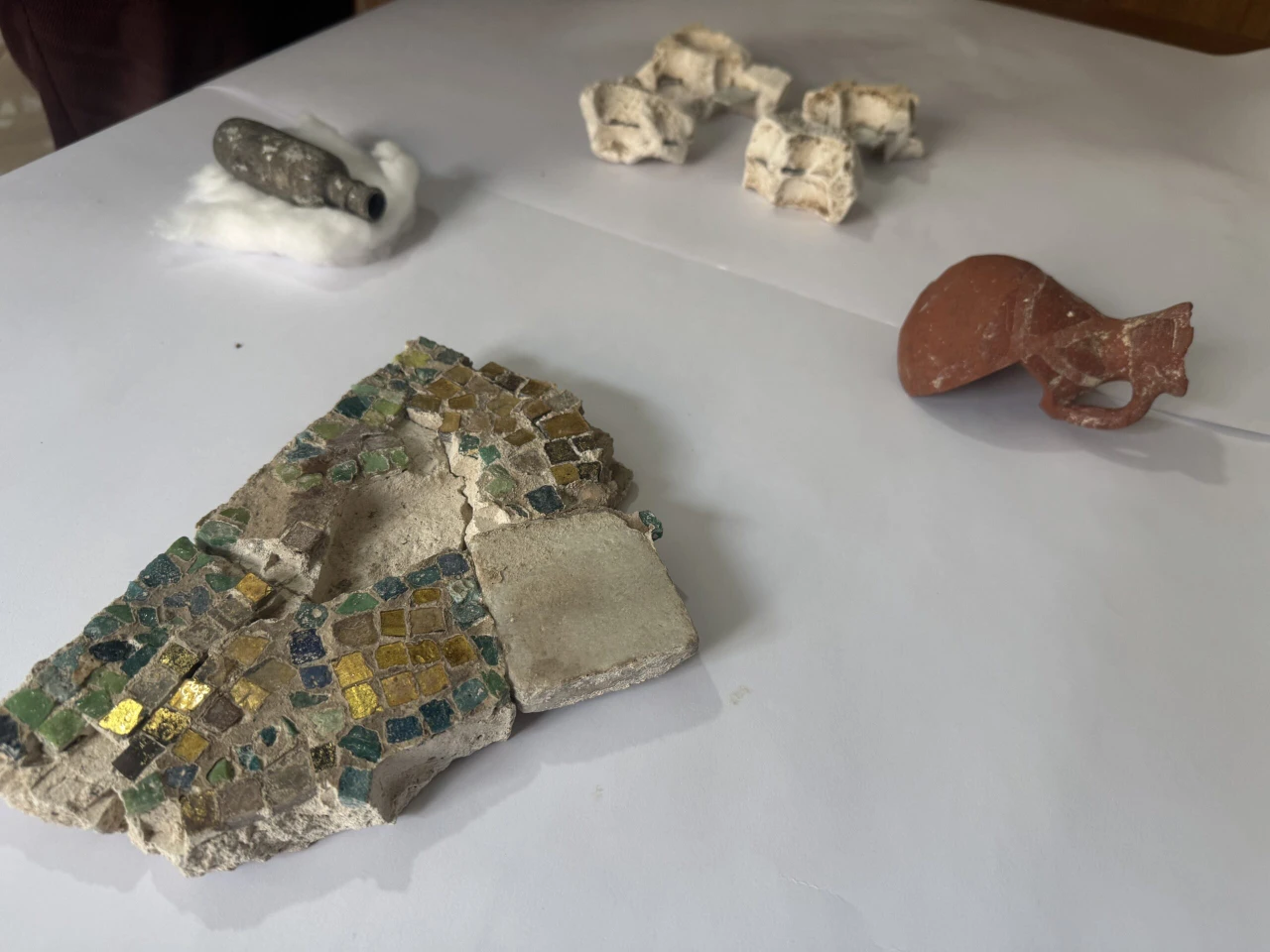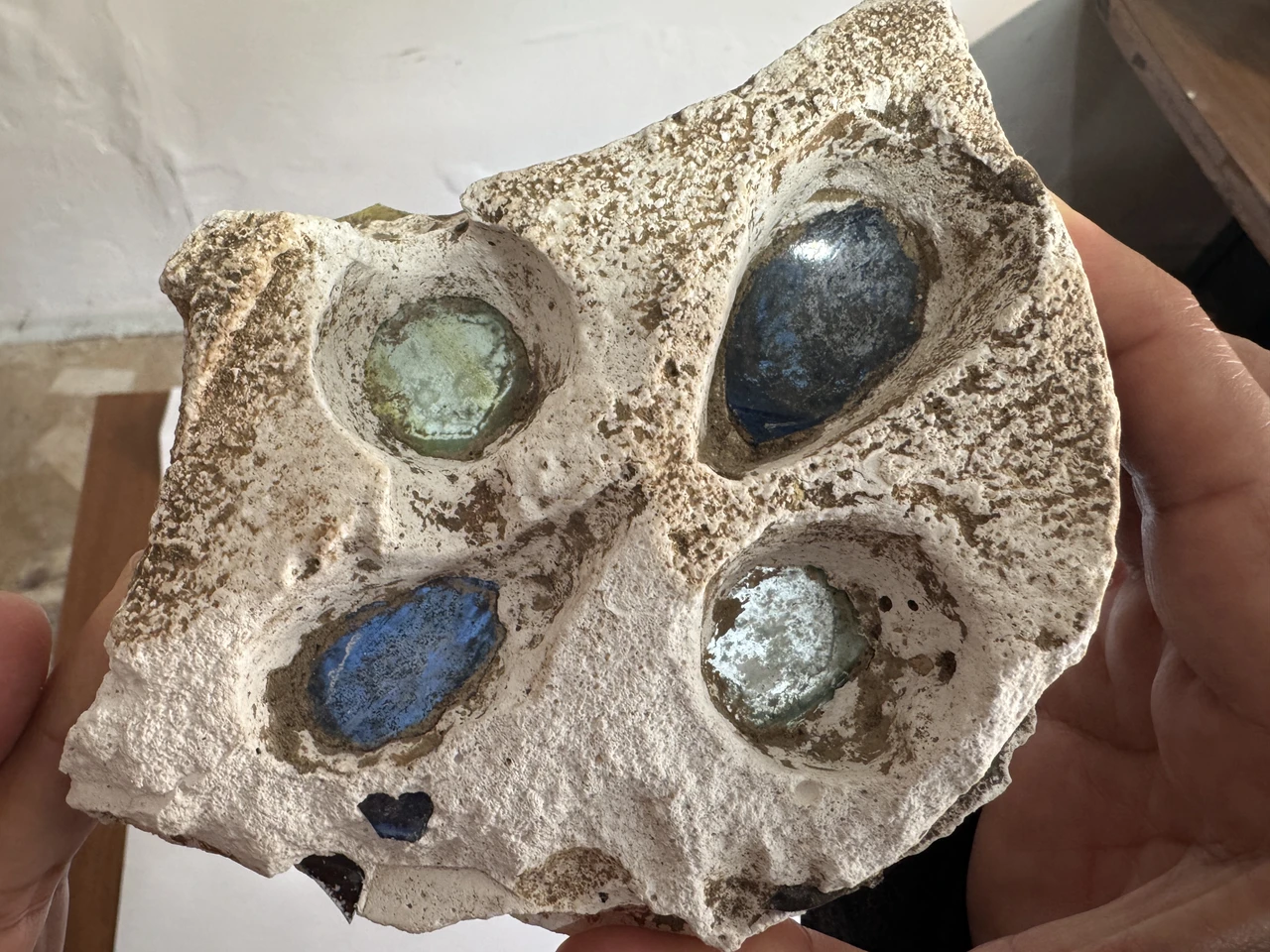Excavations at the historic Harran archaeological site, a UNESCO World Heritage Tentative List location, have uncovered rare stained glass fragments and mosaic tiles believed to date back to the fifth century. These discoveries mark some of the oldest examples of their kind in the region and offer valuable insights into early Christian architecture and artistry.
A Grand Cathedral with a Rich History
The artifacts are thought to have once decorated the grand Harran Cathedral, a significant religious structure in one of the world's oldest settlements. According to Professor Dr. Mehmet Önal, site director and head of the Archaeology Department at Harran University, these recent findings provide a deeper understanding of the cathedral's architectural splendor.
“This is not an ordinary basilica,” Dr. Önal explained. “At over 50 meters (656.1 feet) in length, we classify this as Harran’s cathedral, a structure significantly larger than a standard church.”
Situated 200 meters north of the historic Harran Ulu Mosque, the excavation has revealed key sections of the cathedral, including the northern nave, walls, and ornately carved column capitals. The discovery of three large doors facing north further highlights the structure’s grandeur.
Stunning Mosaics and Stained Glass
Among the most significant findings are golden tesserae—tiny mosaic pieces used to create elaborate wall designs. These fragments, found within the cathedral’s arches and vaults, indicate the presence of intricate decorative elements that once adorned the entire structure.
Artifacts unearthed during excavations at Harran Cathedral, Sanliurfa, Türkiye. Credit: AA
Professor Önal emphasized the discovery of gold-gilded glass mosaic tesserae used in the cathedral’s walls, arches, and vaults. Additionally, fallen brick vaults have been unearthed, suggesting the possibility of uncovering floor mosaics.
“Since Harran is closely linked to Prophet Abraham and is considered his ancestral city, we anticipate finding depictions of Abraham in the mosaics,” Dr. Önal noted.
Art historians have also analyzed pieces of colored glass embedded in plaster, confirming them as stained glass—potentially the earliest known examples in the region. The fragments, in shades of blue, green, and purple, likely belonged to the cathedral’s windows, showcasing an advanced level of artistic craftsmanship.
Glass Artifacts and Their Religious Significance
In addition to mosaics and stained glass, the excavation has yielded intricately designed glass vessels. These objects are believed to have been used for baptisms or to carry holy water, further underscoring the cathedral’s religious importance.
Dr. Önal highlighted the cathedral's immense historical value, noting that each discovery deepens our understanding of Harran’s role in early Christianity and its artistic heritage.
Ongoing Discoveries and Future Prospects
Harran Cathedral’s rare stained glass fragments. Credit: AA
The excavation at Harran Cathedral continues to reveal remarkable artifacts that illuminate the region’s rich cultural and historical legacy. These findings not only provide insight into the artistic achievements of early Christianity but also reinforce Harran's significance as an ancient spiritual and architectural center. As archaeologists persist in their efforts, more groundbreaking discoveries are expected, further enriching our knowledge of this extraordinary site.









